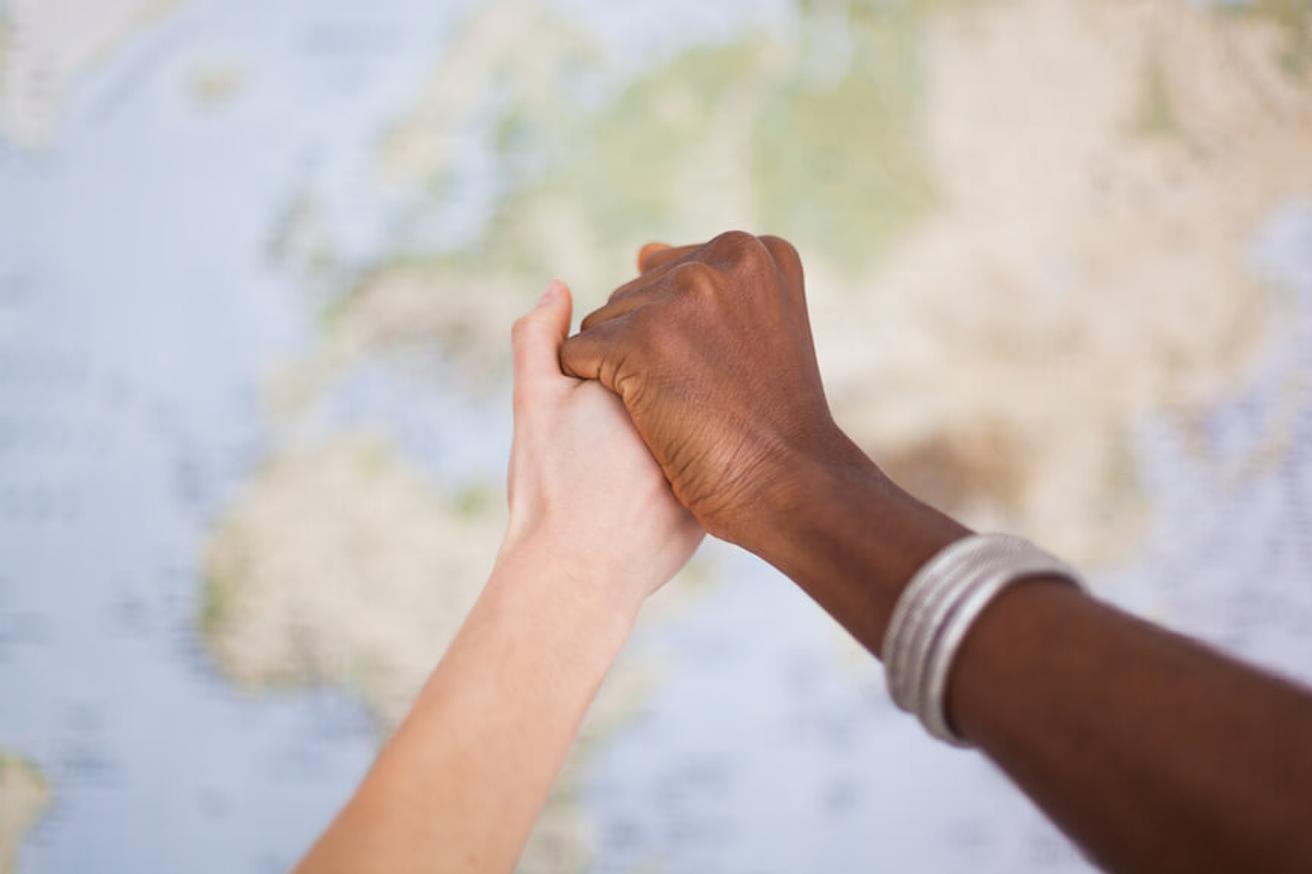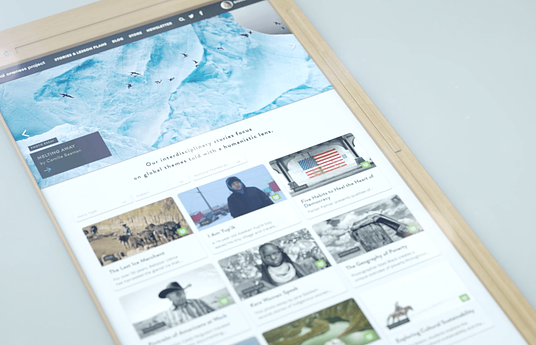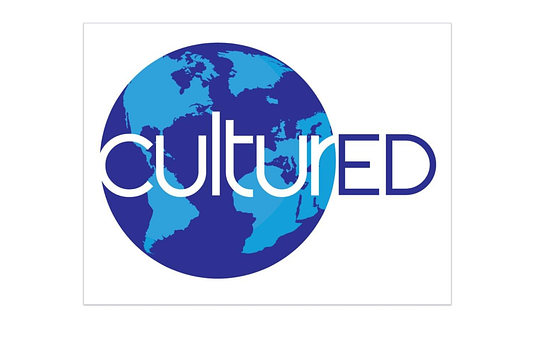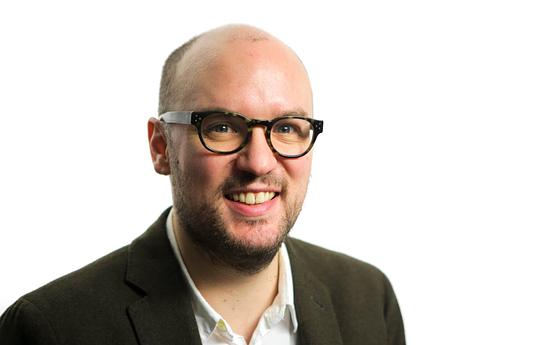Peace can seem like an abstract, intangible idea, but for millions of people around the world affected by violence, conflict or persecution, nothing could be more important.
Even in 2017, threats to world peace are ubiquitous. Globally, we face the fresh danger of emerging climate chaos. Meanwhile, the equally terrifying threat of nuclear war once again rears its ugly head. The world is witnessing a refugee crisis on an unprecedented scale and conflict, human rights abuses and genocide continue to plague humanity. Only by coming together can we learn from the horrors of the past and prevent the catastrophes forecast in our collective future.
21st September is The International Day of Peace, a shared date for all humanity to commit to overcoming differences in pursuit of a peaceful world. Since 1981, Peace Day has inspired millions all over the world to unite with a common cause - building a culture of peace. This year’s theme is ‘Together for Peace: Respect, Safety and Dignity for All’, establishing a global partnership in support of diversity, non-discrimination and acceptance of refugees and migrants.
Educating our way to a more peaceful world
As Nelson Mandela once said, ‘Education is the most powerful weapon which you can use to change the world.’ Education will no doubt be instrumental in establishing a more peaceful world. Every teacher and every student has the power to shape a better, more tolerant future. A.K. Choudhury, Peace Day Ambassador and Formal UN Under-Secretary General, hailed education as ‘a key ingredient in building a culture of peace’, explaining ‘The young of today deserve a radically different education – one that does not glorify war but educates for peace, non-violence and international cooperation.’ But what could this kind of education look like in practice?
Mediation for world peace
From the school yard to the dinner table to the UN, diplomacy and conflict resolution skills are essential everywhere. That’s why the CMI, a Finnish independent peace broker that works to prevent and resolve violent conflicts around the world, is creating an informative package for Finnish teachers to bring mediation skills to schools. As well as learning these crucial lessons at schools, students will partake in Ahtisaari Days, annual Finnish events that help young people to learn and practice conflict resolution and peace mediation, broadening their understanding of what creates conflicts and how these can be resolved.
Promoting diversity, challenging discrimination
World peace isn’t something we should only concern ourselves with in well publicized global conferences, once a year. As John F Kennedy said, ‘Peace is a daily, a weekly, a monthly process, gradually changing opinions, slowly eroding old barriers, quietly building new structures.’
Teachers are in a privileged position to nurture in their students the key ingredients for peaceful societies, such as respect and tolerance for all. But teachers are only human, so no matter their professionalism and respectability, they might unknowingly bring their own prejudices into the classroom. That’s why CulturED organizes workshops that bring together Finnish teachers to boldly share ideas and examine preconceived notions on topics such as Finnish nationality, multiculturalism, identity, discrimination and racism.
Respect, safety and dignity for all
‘If we are to have peace on earth… Our loyalties must transcend our race, our tribe, our class, and our nation; and this means we must develop a world perspective.’ Those are the words of Martin Luther King, and the sentiment echoed in the Global Oneness Project approach. Global Oneness uses beautiful and thoughtfully created films, photography, and articles to provide engaging learning materials about global responsibility, intercultural understanding and empathy for all. When different cultures understand and respect one another, cooperation and communication becomes easier. It becomes natural to focus on all that we share, rather than what divides us.
With this year’s Peace Day focusing on refugees and migrants, how can these issues be integrated into education? With most topics, it’s far more effective to experience things rather than just read about them. That’s why Encounters Tour brings together asylum seekers and Finnish school students. The idea of The Tour is to promote interaction between people and tackle prejudices, to encourage students to view and treat other people as equals, regardless of nationality or background. The Tour is fully integrated into all subjects and can be implemented in lessons such as religion, social sciences, ethics or language lessons as part of phenomenon-based learning.
How will you mark this Peace Day?
Accepting the Nobel Peace Prize in 2014, Education Activist Malala Yousafzai implored the audience ‘Let us bring equality, justice and peace for all. Not just the politicians and the world leaders, we all need to contribute. Me. You. It is our duty.’ We can’t sit around and wait for someone else to make world peace happen. Our best chance of a peaceful future is through education. We have a lot of work to do, and not a minute to waste. But don’t be overwhelmed, there’s one simple thing we can all do to celebrate world peace day; as Mother Teresa once said, ‘peace begins with a smile.’




